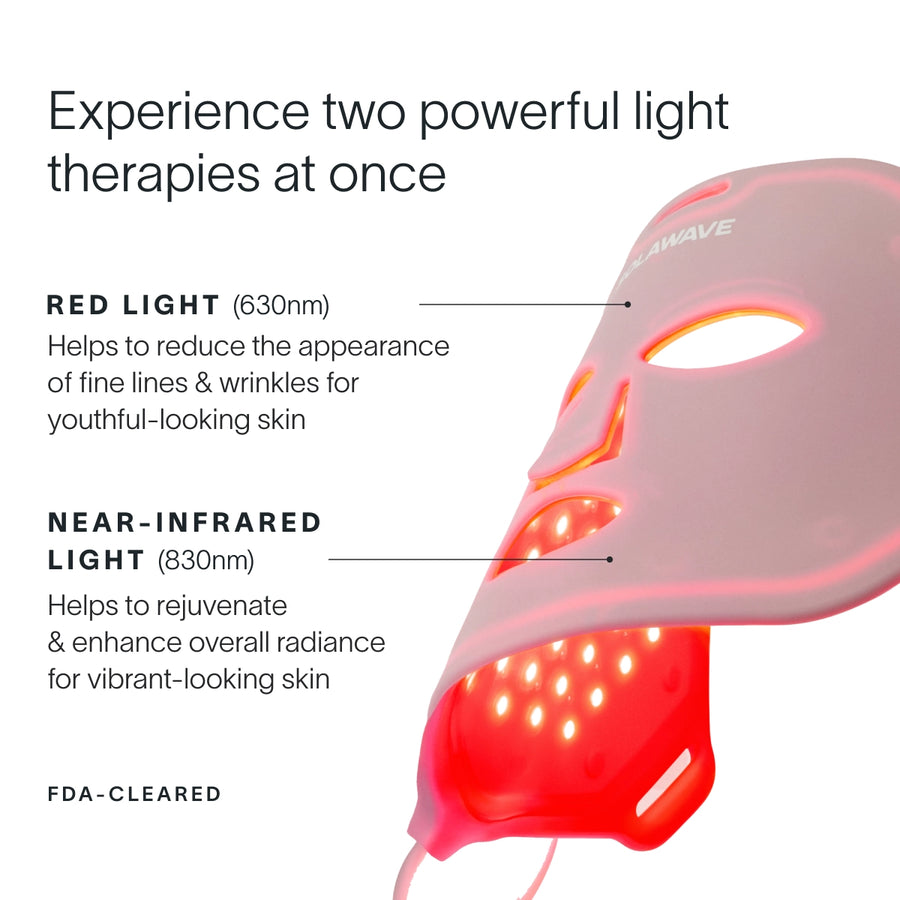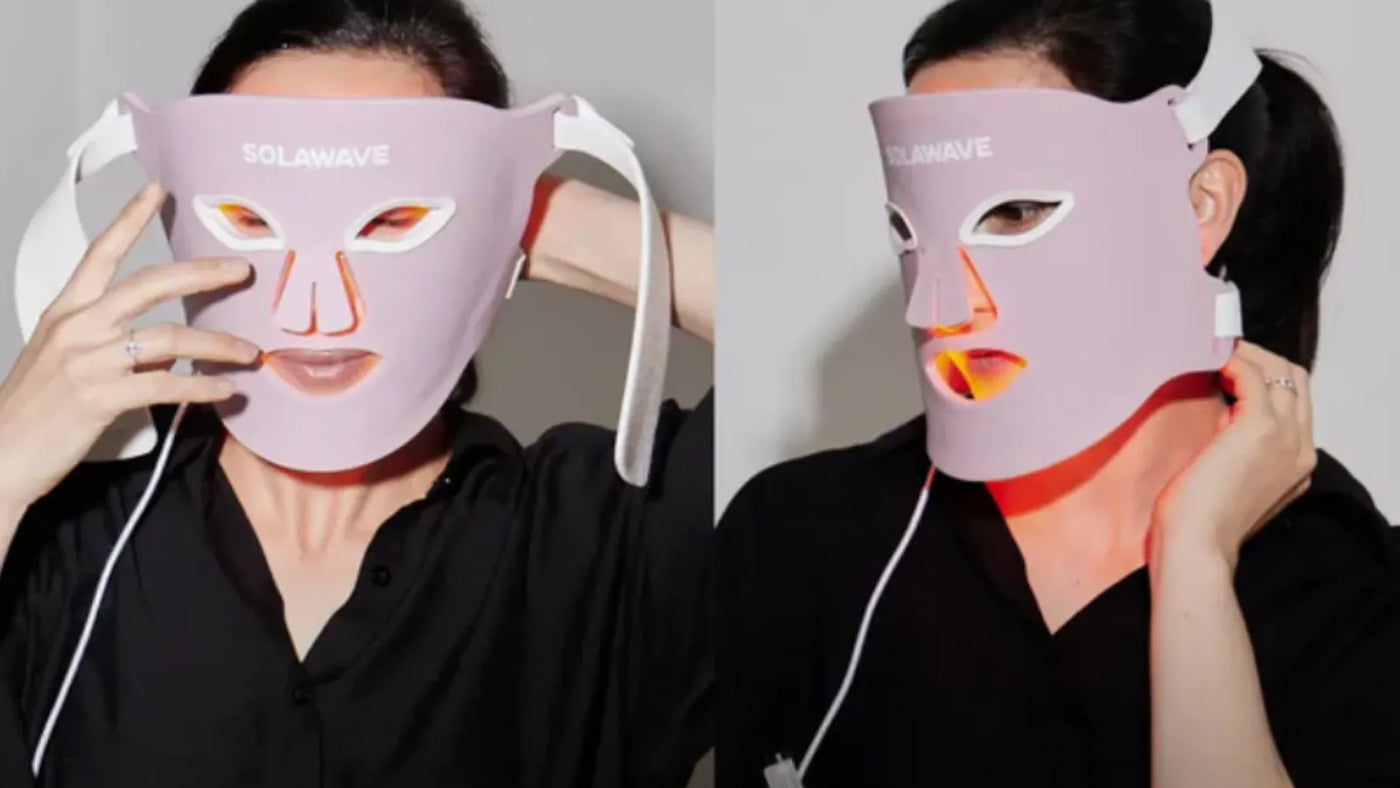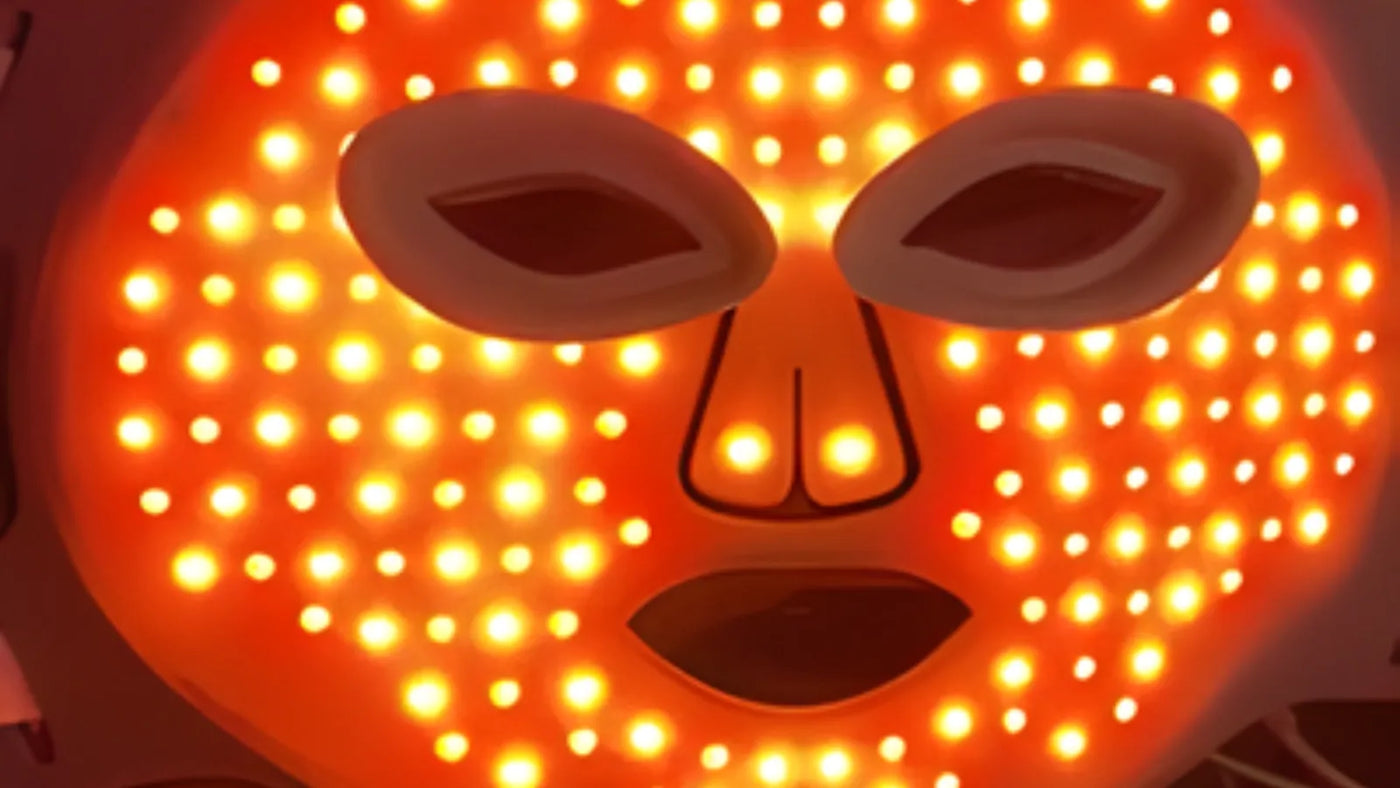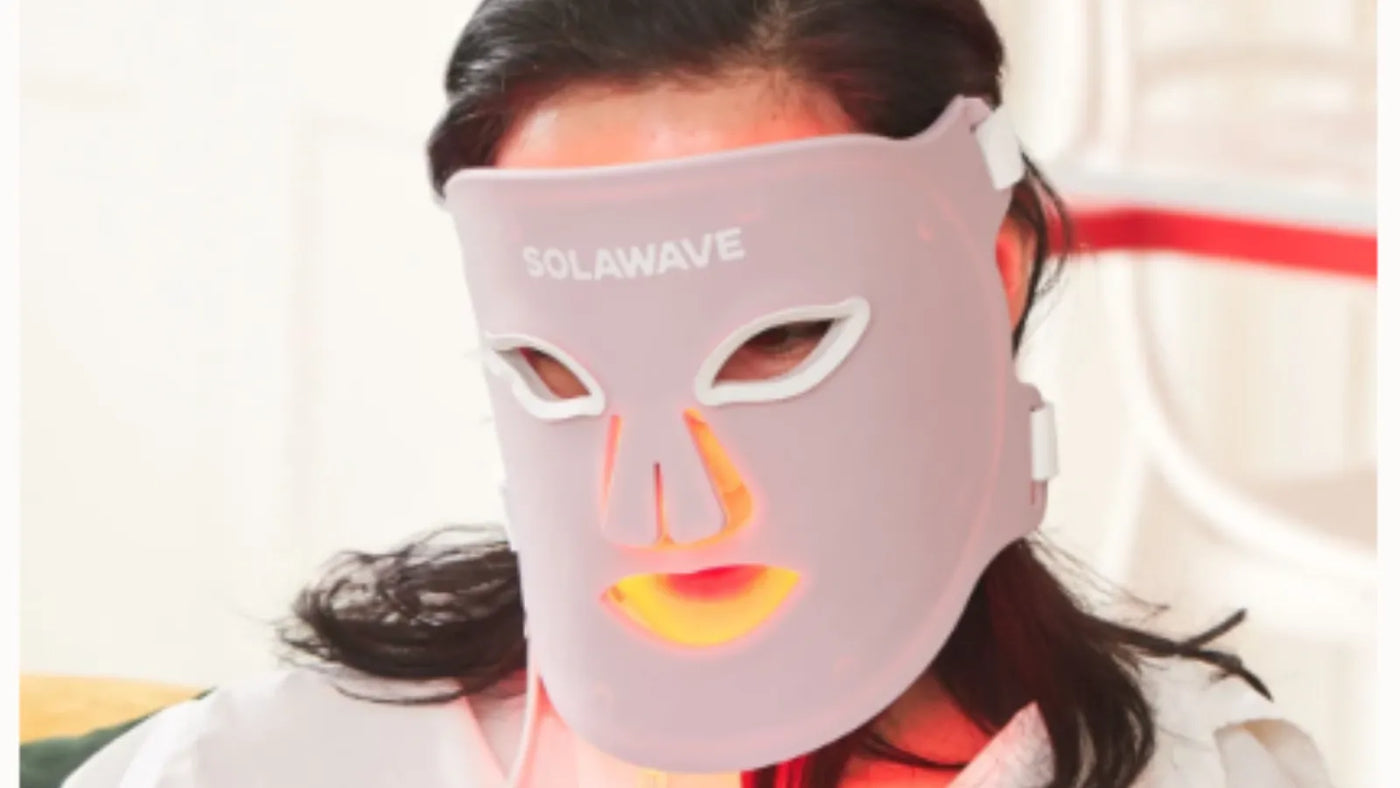

The Role of Red Light Therapy in Minimizing Scars & Stretch Marks
Scars and stretch marks are common skin concerns that affect people of all ages and backgrounds. Scars typically develop as your skin heals from injuries, surgeries, or conditions like acne, while stretch marks often appear when your skin stretches rapidly due to growth, pregnancy, or weight changes. Both can impact the way your skin looks and feels, sometimes affecting your confidence or comfort.
It’s important to understand that while many products and therapies are marketed for scars and stretch marks, not all are proven solutions. Red Light Therapy (RLT) is one option that has gained attention, but it’s essential to know that RLT is not a cure or treatment for scars or stretch marks. This article will give you clear, factual information about what scars and stretch marks are, discuss proven ways to help address them, and explain the current research on Light Therapy, including Red Light Therapy.
What Causes Scars and Stretch Marks To Form?
Scars and stretch marks are both visible changes in your skin, but they form for different reasons and have unique characteristics. Understanding how and why they develop can help you make informed decisions about caring for your skin and managing your expectations.
 $126 Savings
$126 Savings 
What Are Scars and How Do They Form?
A scar is a mark left on your skin after it heals from an injury. Scars are a natural part of the healing process, occurring when your body repairs wounds caused by accidents, surgeries, burns, or conditions like acne and chickenpox. When your skin is damaged, your body produces collagen fibers to close the wound and rebuild the tissue. This new tissue is often different in texture and appearance from the surrounding skin, resulting in a scar.
Scars can vary in size, shape, color, and texture. Some common types include:
-
Hypertrophic scars: Raised, red scars that stay within the boundaries of the original wound.
-
Keloid scars: Thick, raised scars that extend beyond the original injury site.
 $104 Savings
$104 Savings 
-
Atrophic scars: Depressed or sunken scars, often caused by acne or chickenpox.
-
Contracture scars: Tight, thick scars that can restrict movement, usually resulting from burns.
The way a scar forms depends on several factors, including the depth and size of the wound, your age, genetics, skin type, and how well the wound heals. Some people are more prone to developing noticeable or raised scars due to their genetic makeup.
What Are Stretch Marks and Why Do They Appear?
Stretch marks, also known as striae, are long, narrow streaks or lines that develop when your skin stretches or shrinks rapidly. This sudden change causes the collagen and elastin fibers in your skin to break, leading to the formation of stretch marks as the skin heals.
Common causes of stretch marks include:
-
Rapid growth during puberty: Teens often develop stretch marks as their bodies grow quickly.
-
Pregnancy: Many women experience stretch marks on the abdomen, breasts, hips, or thighs as their bodies expand to accommodate a growing baby.
 $152 Savings
$152 Savings 
-
Significant weight gain or loss: Quick changes in body size can stretch the skin beyond its limits.
-
Bodybuilding: Rapid muscle growth can also lead to stretch marks.
-
Medical conditions or medications: Certain health conditions and long-term use of corticosteroid creams or pills can weaken the skin, making stretch marks more likely.
Stretch marks often start as red, purple, or dark brown lines, depending on your skin tone. Over time, they may fade to a lighter color and become less noticeable, but they rarely disappear completely.
How Scars and Stretch Marks Affect Your Skin
Both scars and stretch marks alter the structure of your skin. Scars replace normal skin tissue with fibrous tissue, which can be thicker, less flexible, and sometimes more sensitive or itchy. Stretch marks, on the other hand, represent areas where the skin’s elastic fibers have been disrupted, leading to thin, slightly indented streaks.
These changes can affect not only the appearance of your skin but also its texture and, in some cases, its function. For example, contracture scars from burns can limit movement, while extensive stretch marks may make the skin feel more fragile.
![A rose gold SolaWave [BINAERY] 4-in-1 Radiant Renewal Skincare Wand stands by a serum bottle, highlighting advanced skin technology for reducing fine lines. Award badges from leading magazines are displayed to the right. || Rose Gold](https://www.solawave.co/cdn/shop/files/Updated-_RadiantRenewalSkincareWandKitLightBoostSerum-RoseGold_1200x_c979c64a-44e4-4f0c-9110-00c7cd0d18f5.webp?v=1733859035&width=900) POPULAR
POPULAR 
Common Misconceptions About Healing and Prevention
There are many myths about scars and stretch marks, especially regarding how to prevent or eliminate them. Some common misconceptions include:
-
“Scars and stretch marks can be completely erased with creams or home remedies.” While certain products may help improve the appearance of scars and stretch marks, there is no guaranteed way to remove them entirely.
-
“Only women get stretch marks.” Both men and women can develop stretch marks, especially during periods of rapid growth or weight change.
-
“Tanning will hide scars and stretch marks.” Tanning can actually make scars and stretch marks more noticeable, as they may not tan evenly with the rest of your skin.
-
“All scars and stretch marks will fade on their own.” While many do become less noticeable over time, some may remain visible or even become more pronounced.
Proven Ways to Address Scars and Stretch Marks
When it comes to addressing scars and stretch marks, a variety of medically recognized treatments and healthy lifestyle habits can help improve your skin’s appearance. While it’s important to understand that no method can guarantee complete removal, these approaches are supported by research and clinical experience for reducing visibility and supporting overall skin health.
Topical Treatments
-
Retinoids: Prescription-strength retinoid creams, derived from vitamin A, can help promote cell turnover and stimulate collagen production. They are often used for atrophic scars (like acne scars) and early stretch marks, but may cause irritation or sensitivity, especially for those with sensitive skin.
-
Silicone Gels and Sheets: Silicone-based products are widely recommended by dermatologists for scar management. They help hydrate the scar tissue, reduce redness, and flatten raised scars over time.
-
Moisturizers: While moisturizers alone won’t remove scars or stretch marks, keeping your skin hydrated can improve its texture and elasticity, making marks less noticeable.
Prescription Medications
-
Corticosteroid Creams: These are sometimes prescribed for raised or inflamed scars to reduce swelling and flatten the tissue.
-
Bleaching Agents: For scars or stretch marks with darker pigmentation, dermatologists may recommend topical agents like hydroquinone to lighten the area.
Dermatological Procedures
-
Laser Therapy: Different types of lasers can target pigment, blood vessels, or stimulate collagen production. Laser therapy is often used for both scars and stretch marks to improve color and texture.
-
Microneedling: This procedure uses tiny needles to create micro-injuries in the skin, encouraging collagen and elastin production. It can help smooth out scars and reduce the depth of stretch marks.
-
Chemical Peels: Chemical solutions are applied to exfoliate the top layers of skin, which can help fade superficial scars and stretch marks over time.
-
Dermabrasion and Microdermabrasion: These exfoliating techniques remove the outer layers of skin, promoting new skin growth and improving texture.
Surgical Options
-
Scar Revision Surgery: In cases of severe or restrictive scars, surgical removal or revision may be recommended. This is typically reserved for scars that cause functional problems or significant cosmetic concerns.
-
Subcision: For deep, tethered scars, a minor surgical procedure called subcision can help release the scar tissue and improve skin appearance.
Research on Red Light Therapy for Scars and Stretch Marks
Research into the effects of Red Light Therapy for scars and stretch marks is ongoing, with some early studies suggesting that Light Therapy may support skin health by stimulating cellular activity and collagen production.
A few small clinical trials and case reports have observed modest improvements in the texture and appearance of scars or stretch marks after consistent use of Red Light Therapy or Near-Infrared Light Therapy. These potential benefits are thought to result from increased blood flow and enhanced skin regeneration.
However, it’s important to note that the current body of evidence is limited, and results are often inconsistent. Most studies have small sample sizes, short follow-up periods, or lack rigorous controls. As a result, there is not enough scientific proof to consider Red Light Therapy a reliable or effective treatment for scars or stretch marks.
If you are interested in exploring Light Therapy, it should be viewed as a complementary approach rather than a primary solution. Always consult with a healthcare professional before starting any new therapy, and remember that Red Light Therapy is not a cure or proven treatment for scars or stretch marks.
Conclusion
Scars and stretch marks are common skin changes that can affect anyone, often resulting from injury, rapid growth, pregnancy, or weight fluctuations. While these marks are a natural part of your skin’s healing process, there are medically recognized treatments and healthy habits that can help minimize their appearance and support your skin’s overall health. Options like topical treatments, prescription medications, and dermatological procedures offer proven ways to address scars and stretch marks, but results can vary from person to person.
Current research on Red Light Therapy and other forms of Light Therapy shows some promise for supporting skin health, but the evidence is still limited and inconsistent. It’s essential to understand that Red Light Therapy is not a cure or proven treatment for scars or stretch marks. If you’re considering any new therapy or treatment, always consult with a qualified healthcare professional to find the best approach for your unique needs.























